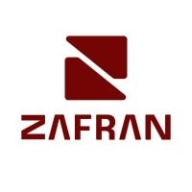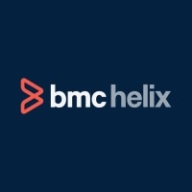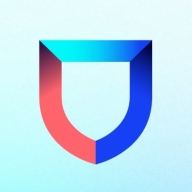


BMC Helix Automation Console and Lacework FortiCNAPP compete in IT automation and cloud security. Lacework FortiCNAPP seems to have the advantage with advanced cloud security features, although BMC Helix Automation Console is recognized for its pricing and strong customer support.
Features: BMC Helix Automation Console focuses on process automation, seamless IT infrastructure integration, and streamlined operations. Lacework FortiCNAPP offers security analytics, threat detection, and modern cloud environment compatibility.
Ease of Deployment and Customer Service: BMC Helix Automation Console has straightforward deployment and excellent customer support, minimizing integration disruption. Lacework FortiCNAPP involves a complex setup but supports detailed troubleshooting and guidance.
Pricing and ROI: BMC Helix Automation Console is cost-effective with a good ROI from operational enhancements. Lacework FortiCNAPP has a higher upfront cost but adds value over time through advanced security.
| Product | Market Share (%) |
|---|---|
| Zafran Security | 1.0% |
| Lacework FortiCNAPP | 1.3% |
| BMC Helix Automation Console | 0.2% |
| Other | 97.5% |



| Company Size | Count |
|---|---|
| Small Business | 4 |
| Midsize Enterprise | 4 |
| Large Enterprise | 3 |
Zafran Security integrates with existing security tools to identify and mitigate vulnerabilities effectively, proving that most critical vulnerabilities are not exploitable, optimizing threat management.
Zafran Security introduces an innovative operating model for managing security threats and vulnerabilities. By leveraging the threat exposure management platform, it pinpoints and prioritizes exploitable vulnerabilities, reducing risk through immediate remediation. This platform enhances your hybrid cloud security by normalizing vulnerability signals and integrating specific IT context data, such as CVE runtime presence and internet asset reachability, into its analysis. No longer reliant on patch windows, Zafran Security allows you to manage risks actively.
What are the key features of Zafran Security?
What benefits can users expect from Zafran Security?
In industries where security is paramount, such as finance and healthcare, Zafran Security provides invaluable protection by ensuring that only exploitable vulnerabilities are addressed. It allows entities to maintain robust security measures while allocating resources efficiently, fitting seamlessly into existing security strategies.
BMC Helix Automation Console provides robust automation capabilities for efficiently managing IT operations. It enhances operational efficiency by streamlining repetitive tasks and offering real-time insights which are crucial for businesses seeking effective IT management solutions.
BMC Helix Automation Console is designed for IT professionals who need a comprehensive tool to automate IT processes. It supports simplified cloud management, enabling users to oversee heterogeneous environments seamlessly. The integration capabilities ensure it works smoothly with existing infrastructure and provides a powerful automation suite to increase productivity and reduce operational costs, offering IT teams the ability to rapidly adapt to changing demands through a scalable and flexible platform.
What are its key features?
Why choose BMC Helix Automation Console?
BMC Helix Automation Console is widely implemented across industries such as finance, healthcare, and logistics, where it addresses specific automation requirements, providing flexibility and scalability. Companies find it useful for managing cloud services and maintaining a unified operational approach, leading to improved efficiency and reduced costs.
Lacework FortiCNAPP provides robust cloud security, combining vulnerability management and multi-cloud insight with user-friendly controls, machine learning detection, and compliance support.
Lacework FortiCNAPP specializes in cloud security by merging machine learning anomaly detection with agent-based vulnerability management to offer detailed alerts and compliance reports. Its comprehensive approach allows continuous monitoring across AWS and Kubernetes, providing insights from an attacker's perspective. The platform offers automation and seamless Slack integration, facilitating collaborative and efficient cloud security management. Users value its ability to handle multi-cloud environments and scan IAC scripts, configurations, and compute nodes across AWS and GCP.
What are the key features?Organizations across sectors leverage Lacework FortiCNAPP for cloud security, focusing on compliance, security posture, and vulnerability management. It is widely used for monitoring AWS and Kubernetes environments, scanning IAC scripts, configurations, and securing compute nodes. It supports multi-cloud security posture management and log ingestion, enabling companies to maintain strong cloud infrastructures without dedicated security layers.
We monitor all Vulnerability Management reviews to prevent fraudulent reviews and keep review quality high. We do not post reviews by company employees or direct competitors. We validate each review for authenticity via cross-reference with LinkedIn, and personal follow-up with the reviewer when necessary.